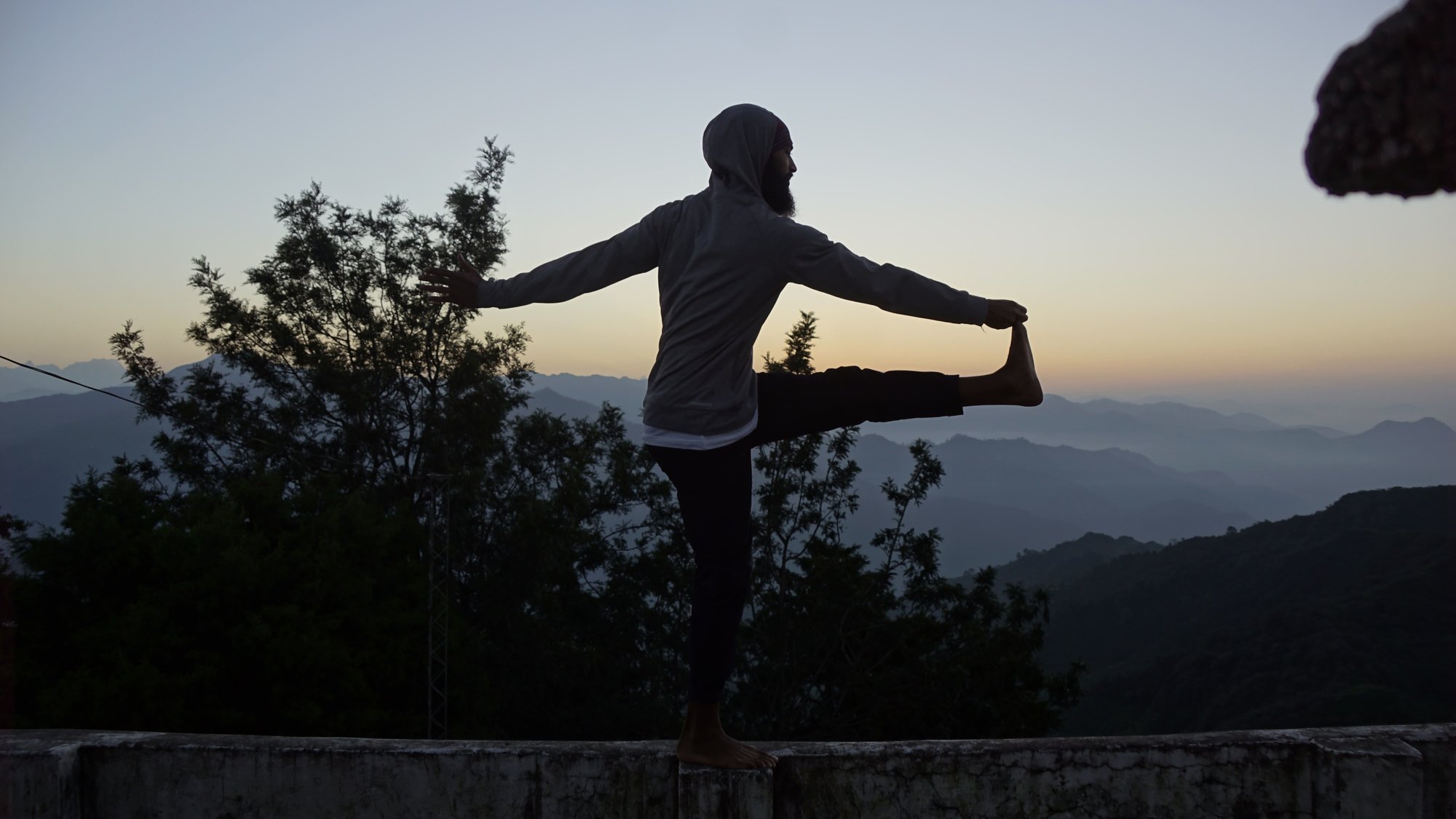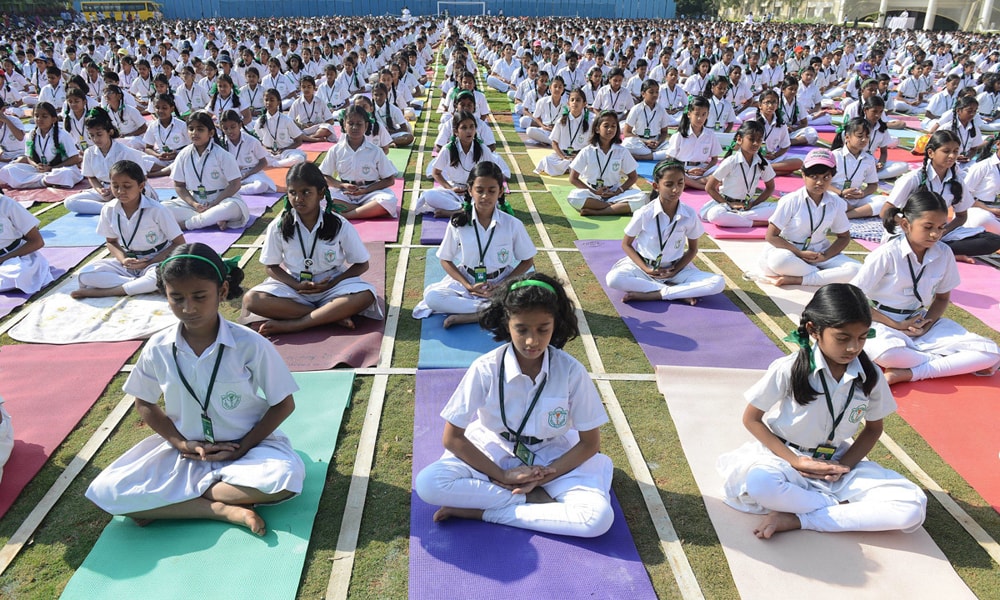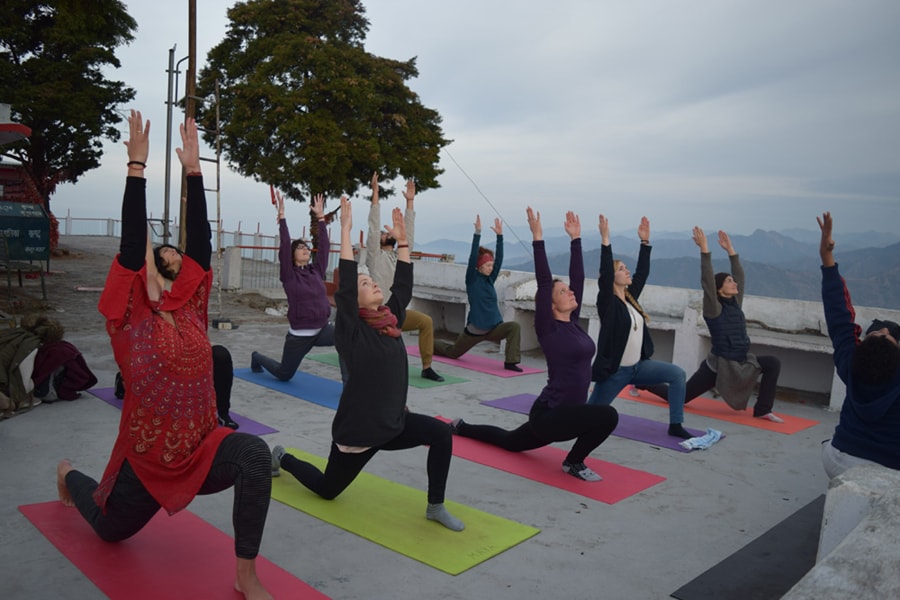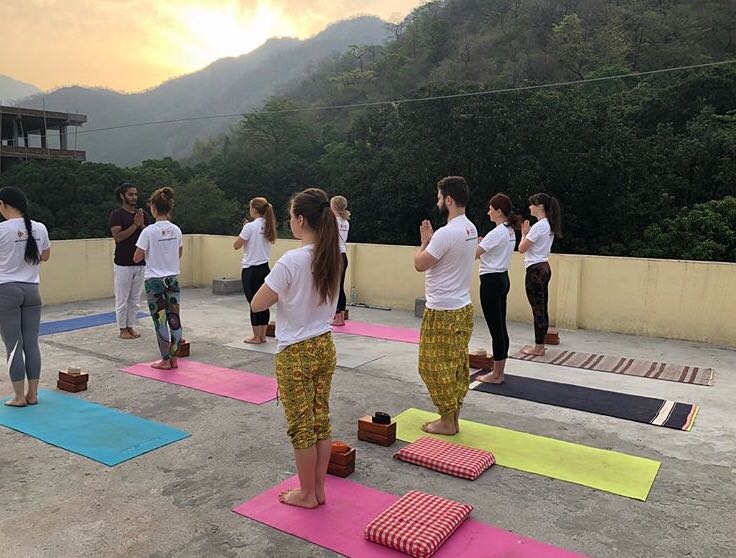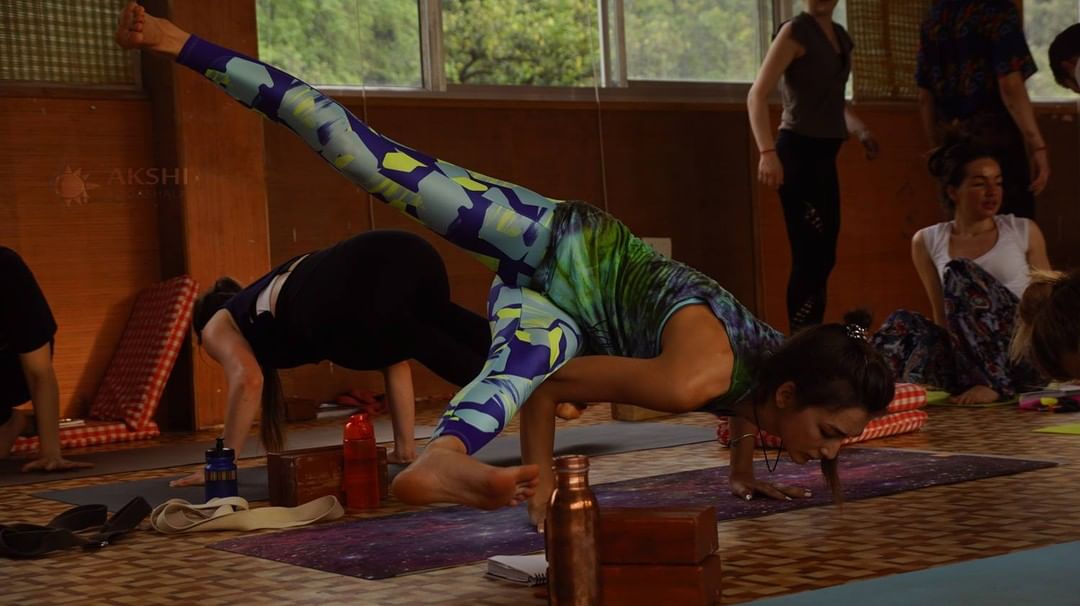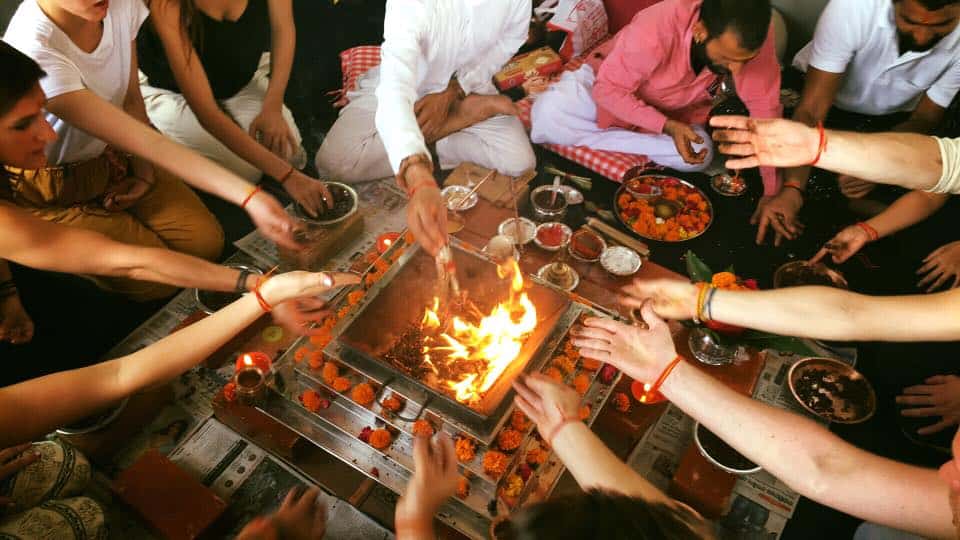

- About
- Yoga TTC
- Yoga TTC
- 100 Hour Yoga TTC in Rishikesh
- 200 HOUR YOGA TTC IN RISHIKESH
- 200 HOUR YOGA TTC IN RISHIKESH
- Hatha & Vinyasa Flow Yoga TTC
- 300 HOUR YOGA TTC IN Rishikesh
- 500 Hour Yoga TTC in Rishikesh
- 200 Hour Yoga TTC in Nepal
- 200 Hour Yoga TTC in Kerala
- 100 Hours Meditation Teacher Training
- ONLINE (Live) 200 Hour Hatha and Ashtanga Vinyasa Yoga Teacher Training from Rishikesh
- Retreats
- Yoga Scholarship
- Fees & Schedules
- Fees & Schedules
- YOGA TTC Dates& Fee
- Yoga TTC Curriculum
- Daily Schedule
- Payment
- Contact Us



